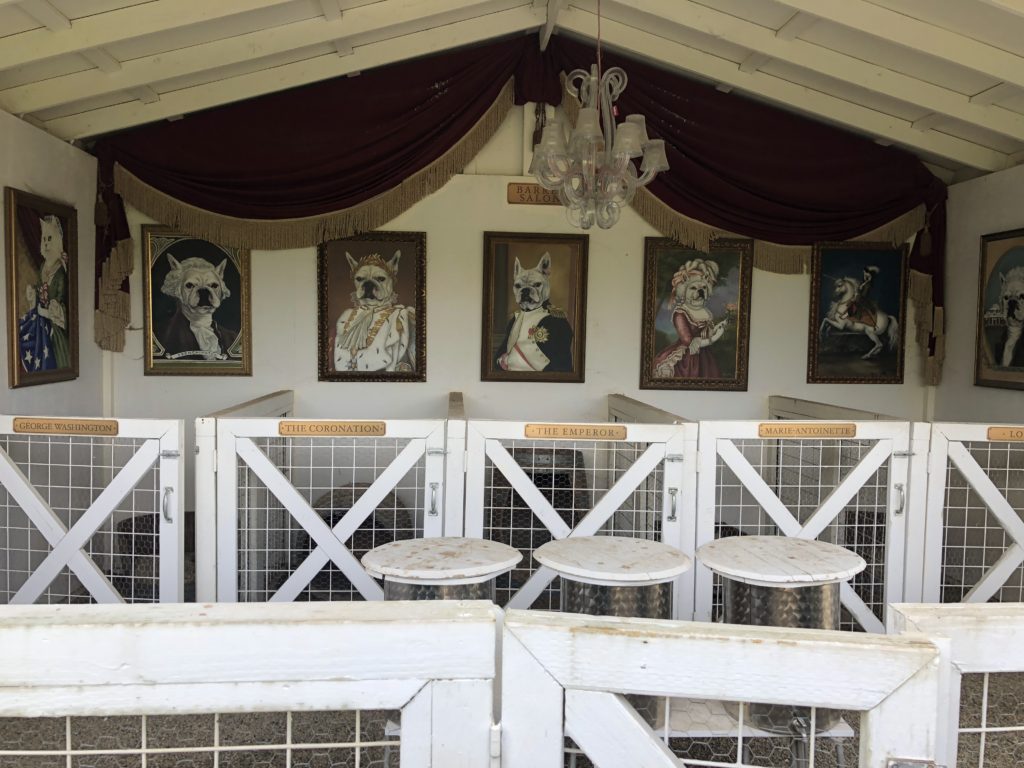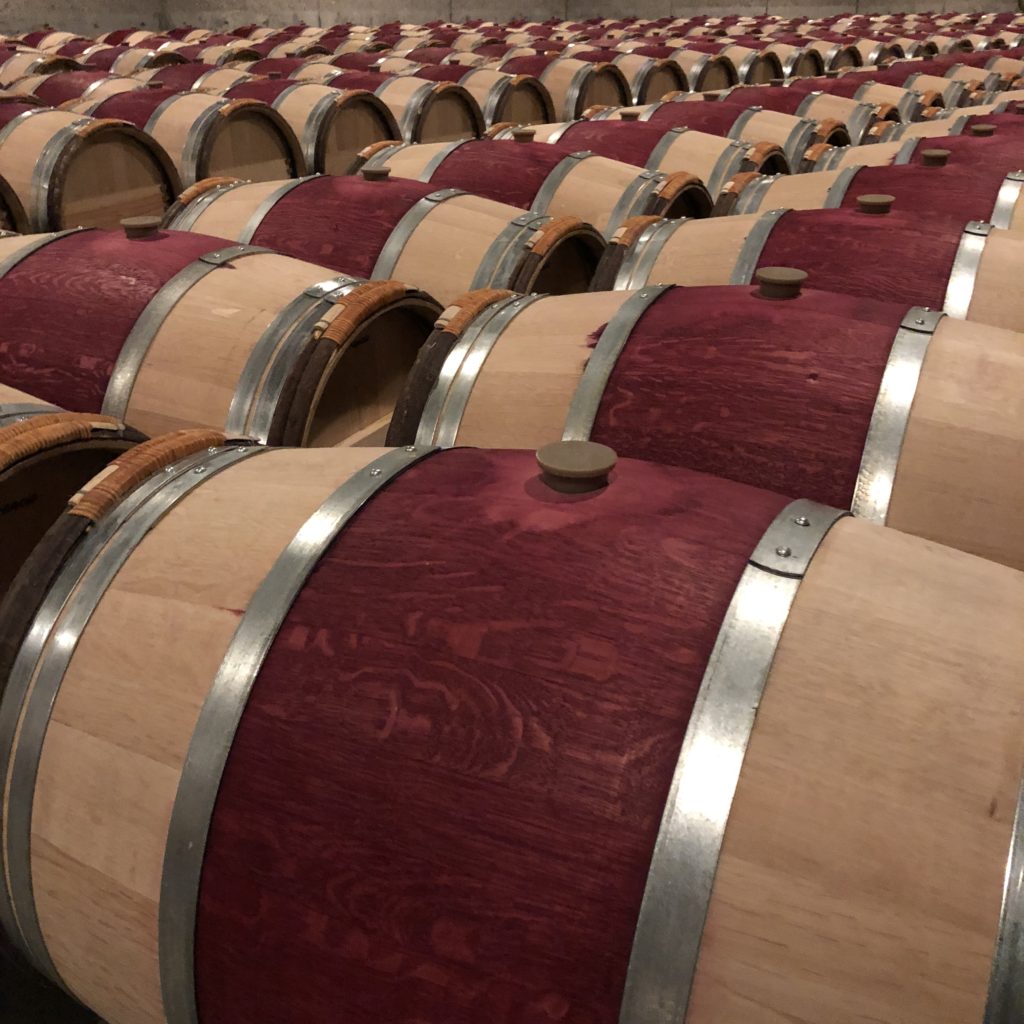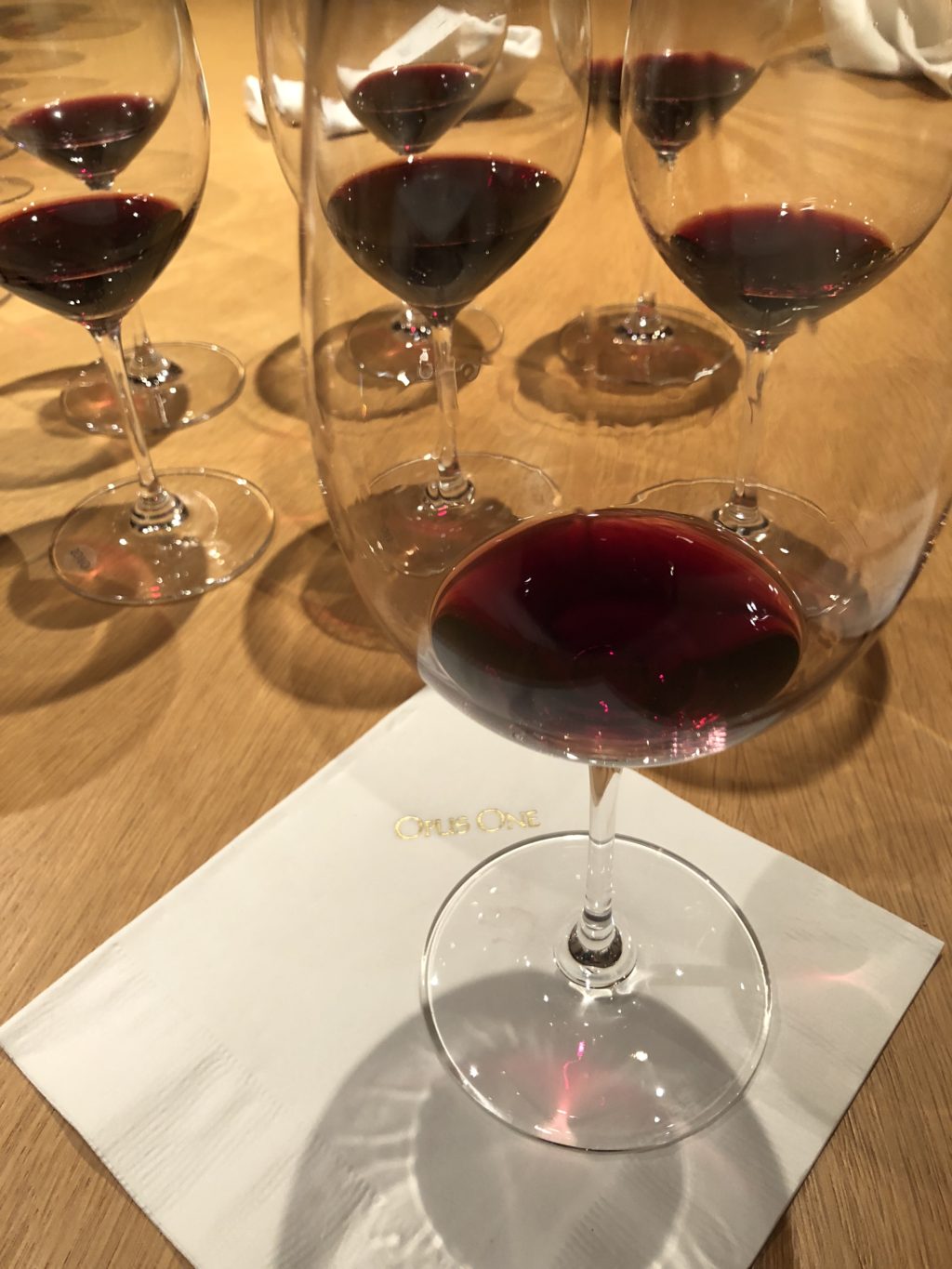
French Connection: my Napa and Sonoma road trip, part three
This is the third piece in my series, exclusively for this site: my journey takes me to some of Napa’s biggest names, with a decidedly French feel.
Napa’s diversity doesn’t stop at family ownership and grapes you wouldn’t expect to find. There is also a palpable sense of internationalism, with some of Europe’s biggest names choosing Napa as a transatlantic home. Raymond has an American history dating back to the end of prohibition, but for the last decade it has witnessed a re-birth, at the hands of a charismatic Frenchman.
Jean-Charles Boisset is the embodiment of ‘Old World and New’. His Boisset Collection encompasses Burgundy’s venerable Bouchard Aîné & Fils, with its history dating back to the 18th century, Sonoma’s historic Buena Vista winery, founded in 1857, and new kid on the block, JCB, in Santa Rosa, with its throughly modern claims about ‘transcending terroir’.

Boisset acquired Raymond, in St Helena, in August 2009 and has since invested heavily. Biodynamic conversion and certification were the priortity, but Boisset has evidently thrown the cash at the visitor experience, which is unusual, innovative and exciting.
… there’s even a dog tasting room …
So many of my friends find the wine world a bit stuffy, sometimes even intimidating. This place would banish any such thoughts. The relaxed tasting room feels like a funky San Francisco bar, there’s a plush velvet ‘red room’ for private parties, with pinball and a pool table, the cellar itself boasts neon lights and chandeliers, and there’s even a dog tasting room, although your best friend won’t be getting anything stronger than a biscuit.

Then there’s the ‘Theatre of Nature’, the largest educational exhibit on biodynamic farming in the Napa Valley, divided into five ‘acts’ with each devoted to a particular theme, from astrology to manure. Your visit will be under the watchful eye of Raymond’s resident goat herd.

The team at Raymond, led by Director of Winemaking Stephanie Putnam, began farming organically and biodynamically (you have to do the former, in order to achieve the latter) in February 2010, achieving certification for their efforts three years later. “The whole floor has changed,” she tells me, “whether it’s weeds, or fungus, you can tell the soil has become healthier. Biodynamic forces you to take more care and be more in touch.” So can you really taste it? Putnam sounds evangelical. “The wines are brighter. There is harmony and balance”.
… Cabernet rules the roost here …
Although there’s a fantastic Chardonnay, with what Putnam calls a “Californian nose and a Burgundian palate”, a Merlot and even a white Bordeaux blend called ‘Meritage’, Cabernet rules the roost here, with a range that includes six site-specific wines reflecting the distinctive character of the individual sub-regions.
Raymond District Collection Rutherford Cabernet Sauvignon 2014 which reflects the celebrated ‘Rutherford dust’ character of the soils, with a lightly earthy nose of cherry, red plum and raspberry, followed through with mocha coffee. It’s a big wine, but not overpowering, with bright acidity and sensuous silky tannins and the oak, 19 months in around 50% new French wood, is very nicely integrated.
The sub-regions are also blended, with grapes from four different sites going into the flagship Generations Napa Valley Cabernet Sauvignon 2014. It’s exactly what I expected from Napa, with ripe black cherry and dark plum, Christmas spice and cocoa, deep and structured with juicy tannins and huge length. Although it’s built to last, it’s dangerously drinkable as it is.

A couple of miles away, there’s another monument to Franco-American harmony. Opus One was created in the late 1970s, as a joint venture between two of the most revered figures in their respective worlds, both Old and New, Baron Philippe de Rothschild and Robert Mondavi. Their goal was to produce a single wine of the highest quality, a ‘First Growth’ for Napa.
The first vintage was 1979, released in 1983 at the then unprecedented price of $50 dollars a bottle. It has gone on to become one of the world’s most famous wines and, these days, $50 would scarcely buy you a tasting sample. Opus One has more recently been joined by a ‘second wine’, Overture, and both are sold in the UK by Berry Brothers and Rudd.
… pristine to the point of manicured …
The baron passed away in 1988 so he never got to see the dramatic yet understated winery building, completed in 1991. Architect Scott Johnson referred to his design as “inverted, like a jewel box.” The cellars couldn’t be dug underground due to a high water table, so they circle the building at ground floor level, covered by slopes of manicured grass.
Outside, the surrounding vines are pristine to the point of manicured. Inside, the barrels in the cellar fashion a uniform, with a special paint made with Cabernet must.

Now on his 18th vintage, winemaker Michael Silacci offers me a barrel sample from the most recent vintage. Devastating wildfires made 2017 a very challenging year, but mercifully Opus One had picked 90% of its grapes by the time the fires struck. The remaining 10% has been quarantined, but thus far shows no sign of smoke taint.
Silacci takes me through the blending process, always conducted blind. “We start with a blend called ‘the kitchen sink’, which is basically blend zero, and we carry on until we sense we have gone just too far. That’s how we identify the perfect blend.”

I enjoy a vertical tasting. Opus One 2010 came from the most challenging vintage Silacci had been through and is also his favourite of the 17 he has made. “Fresh fruit is like a wave. You have to catch it”, he tells me. The nose is fruit forward, with juicy blackberry, red cherry and beguiling spice, with a silky, luscious, layered texture and wonderful length.
Opus One 2012 set a record for production, with what Silacci calls “the two q’s, quality and quantity, coming together”. It still feels very young, with a brighter red fruit character, tense, undoubtedly extremely polished but in need of time. Although six years old, drinking it felt like vinous infanticide.
Opus One 2014, from a “precocious vintage”, felt bigger, riper and deeper, with a more herbaceous character, black olives and a delicious silky cherry chocolate undercurrent.
The best was yet to come. By a happy accident of timing, I was the first to taste the 15 vintage, due for release around a month after my visit. Opus One 2015 felt lighter and prettier than the previous year, with rose petals and Turkish Delight adding lift to the feast of cherries, berries, plums and spice.
Opus One and Raymond offered two very different experiences, but both somehow served to cement a sense of Napa’s place in the world, where new meets old.